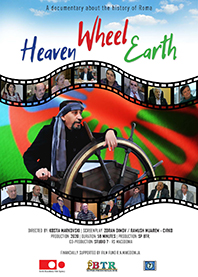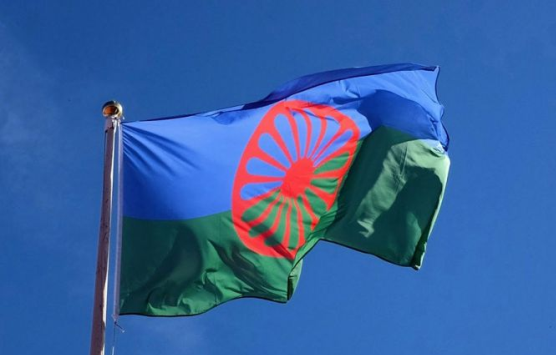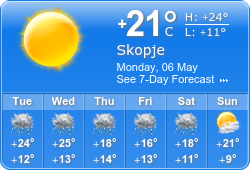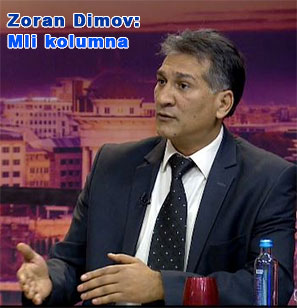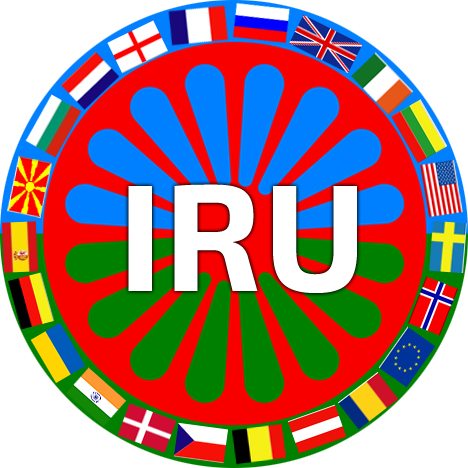There are places in Skopje known for their rich Roma tradition, which are now forgotten. Returning to those forgotten places and customs revives the memories of an old Skopje, with its specific color and atmosphere. We should remember them because they are part of the rich history of the city.
The Roma are especially known for the celebration of St. George's Day, which symbolically marks new life and the arrival of spring. It is no coincidence that this holiday is associated with the holy great martyr George, and our ethnologists and folklorists say that it is a spring holiday (basically the celebration of nature), when all the vegetation wakes up again. In essence, it was not only Christians that celebrated, but "the entire population of Macedonia", as it is said in the interpretations on the occasion of this celebration.
In nature, in a grove on Kaleto near the French cemetery, for years the Roma celebrated George's Day. That place became famous precisely because of this celebration (director Branko Gapo has also shot a documentary film). Unfortunately, such a tradition in that place has been discontinued today, which is something that all the residents of that area talk about with nostalgia.
But little known or completely forgotten is the fact that before the Second World War, Roma elsewhere in Skopje celebrated St. George's Day and the new birth of nature. Namely, they celebrated en masse and with their own recognizable and specific style and gathered in the "Idadia" park, in front of the "Kermes" cafe. Here, in that beautiful nature, the women in their most beautiful costumes, and the men in elegant suits, white shirts, ties and fez, expressed their great talent for music, song and dance. It can also be seen in the original photos that we publish, which come from that time. From the details of the photos, it can be seen that in the space in front of the bar there was dancing, but it was also celebrated with the adets that the holiday implied.
Many interesting details are revealed in the records of an eyewitness to that celebration in the 1930s. He is delighted and does not spare his praises and rich descriptions of the celebration of the Roma in front of the "Kermes" bar. At the same time, the celebratory enthusiasm of the Skopje Roma in celebrating the holiday is highlighted. It was a kind of Roma "kermes" (the word kermes itself means a kind of celebration, party, gathering). That kermes took place in the sign of the drum, the zurla, the bagpipe and the rich Roma songs and games.
In one moment of the celebration, the music and dance reached a climax. Madly, passionately, the drums beat, the trumpets whistled. To unconsciousness. Handkerchiefs flew high, and the knees of the dancers bent to the rhythm dictated by the "dauli" (drummer), touching the ground. Dowley bounced, darting his eyes and his whole being, giving the warlock a tact. "Masterly, masterfully beats the dawli in his drum," wrote the chronicler of the time. Giving a beat, he raised his hand pictorially, often creating, from just two bars, a truly adukko game – a "difficult adukko dance". The bodies of the players were flexing plastically, and the douli was hitting his drum faster and faster. Then, with just one single stroke – "hearts joined".
Here is another wonderful description of what happened on St. George's Day in front of the "Kermes" cafe. In long columns, festively dressed, the Roma went to the "Idadia" park, in honor of spring and their biggest holiday. According to the tradition of the time, for such celebrations, improvised and symbolic, "an entrance fee was charged", according to the system "Who will give how much...". The Roma, who went en masse to the park, quickly took to dancing and thus created scenes "worthy of the films of Eisenstein and Pudovkin". One can only imagine how great a compliment this comparison is to the musical and dancing art of the Roma. And even further: "The harmonious sum of the bodies and the sharp rhythmicity of the game contributed to the man feeling the raw, rough, rapturous beauty."
The whole Roma neighborhood was in a mood like no other day of the year, dancing, eating and drinking. After that day, he might have worked for a whole month. Here are characteristic verses of a Roma song from the celebration we talked about, which in translation read:
"Make for me, Lord, a great nightingale, to rest on the tassel of my fez"
As for the tradition of celebrating St. George's Day in Skopje, the mass celebration and going to the church "St. Gjorgji" in Kisela Voda, on the slopes of Vodno. According to their property status, the people of Skopje traveled in carriages, chaises or carts. It was customary to bring food and drink with them, and there was dancing and singing throughout the day, until the afternoon hours. Although not with such massiveness, that tradition has been maintained until today.



